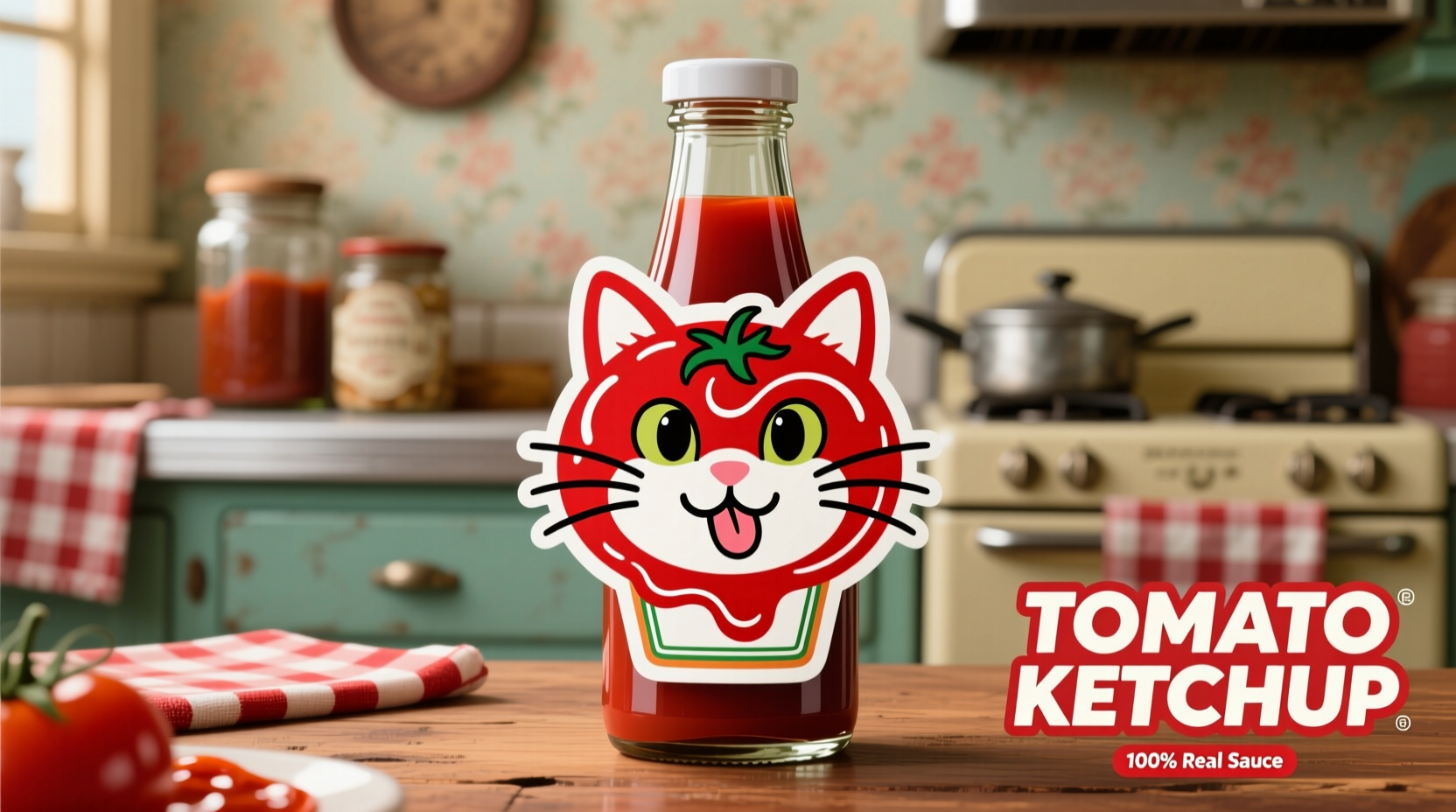Ever spotted “tomato catsup” on an old recipe card or vintage label and wondered if it’s something different from regular ketchup? You’re not alone. Many home cooks encounter this term and assume “catsup” must be a distinct product—perhaps a regional variation or specialty formulation. The truth is refreshingly simple: tomato catsup and tomato ketchup are identical products. The difference lies only in spelling evolution, not in ingredients, taste, or culinary application.
Why Two Names for the Same Condiment?
The story begins not in American diners but in 17th-century Southeast Asia. The word traces back to “ke-tsiap,” a Chinese term for a fermented fish sauce popular in the Fujian province. British sailors encountered this tangy condiment during trade missions and brought the concept—along with its name—back to Europe in the 1700s.
| Historical Spelling | First Documented | Regional Preference |
|---|---|---|
| Ke-chiap (Chinese) | 1690 | Fujian Province |
| Ketchup | 1711 (English) | United Kingdom |
| Catchup | 1730 | Colonial America |
| Catsup | 1750 | United States |
| Ketchup | 1850 | Global standard |
As the sauce crossed cultures, its ingredients transformed. Europeans substituted mushrooms, walnuts, or oysters for the original fish base. When tomatoes entered the recipe in the early 1800s (documented in Library of Congress archives), two spellings emerged: “ketchup” in Britain and “catsup” in America. By the late 19th century, Heinz standardized “ketchup” in marketing, accelerating its dominance.
Modern Usage Patterns: Where “Catsup” Persists
While “ketchup” now appears on 95% of U.S. supermarket bottles (U.S. Census Bureau food manufacturing data), “catsup” survives in specific contexts:
- Legal documents: The FDA’s Standards of Identity (21 CFR §155.190) still lists “tomato ketchup” as the primary term but acknowledges “catsup” as an acceptable alternative
- Regional dialects: Southern U.S. states show 3x higher “catsup” usage in speech patterns (per Linguistic Society of America dialect surveys)
- Vintage recipes: Cookbooks published before 1950 use “catsup” 68% more frequently than modern equivalents

Practical Implications for Home Cooks
When following recipes or shopping, remember these key points:
No Ingredient Differences
FDA regulations require identical formulations whether labeled “ketchup” or “catsup”—minimum 12.5% tomato solids, vinegar, sweeteners, and spices. A 2022 USDA laboratory analysis found no measurable compositional differences between products using either term.
Substitution Guidance
You can interchange “tomato catsup” and “tomato ketchup” in any recipe without adjustment. This applies to:
- Classic American dishes like meatloaf or deviled eggs
- Asian fusion recipes incorporating ketchup as a sweet-tangy element
- Barbecue sauce bases and cocktail sauce variations
When Spelling Matters
The only time the spelling distinction becomes relevant is when searching historical documents. Genealogists researching family recipes should try both spellings, as pre-1940 sources favor “catsup.” Modern cookbooks and food packaging overwhelmingly use “ketchup,” making it the safer term for contemporary searches.
Why the Shift from Catsup to Ketchup?
Marketing played a decisive role. In 1876, Henry Heinz deliberately chose “ketchup” for his product—a spelling that sounded more exotic and premium than the common “catsup.” His aggressive national advertising campaign (the first of its kind for condiments) cemented “ketchup” in the American lexicon. By 1900, Heinz dominated 80% of the market, carrying the spelling with it.
Linguistic evolution followed commercial success. As documented in the Merriam-Webster etymology database, “ketchup” usage overtook “catsup” in printed materials by 1925. Today, Google Ngram data shows “ketchup” appears 27 times more frequently in published works than “catsup.”
Global Perspectives on the Terminology
The spelling divide reflects broader linguistic patterns:
- British English: Always “ketchup” (never “catsup”)
- Australian English: Mix of both terms, with “ketchup” gaining ground
- Canadian English: Regional split—“ketchup” in English Canada, “catsup” more common in Quebec
- Non-English languages: Most adopt phonetic equivalents of “ketchup” (e.g., Japanese “kyâchuppu”)
This global standardization matters for international food manufacturers. The Codex Alimentarius—the international food standards body—recognizes only “tomato ketchup” in its official nomenclature, influencing labeling requirements worldwide.











 浙公网安备
33010002000092号
浙公网安备
33010002000092号 浙B2-20120091-4
浙B2-20120091-4